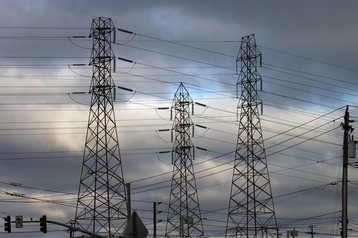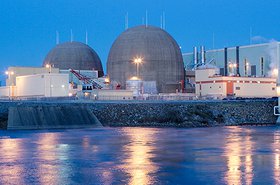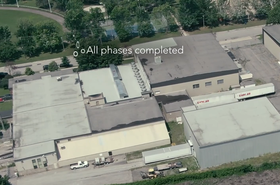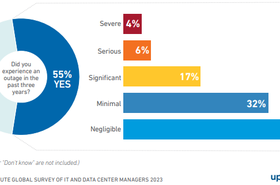Data centers are the cornerstone of our data-dependent world, much as substations are critical anchors to the electric grid.
Power is the lifeline of a data center and by far the biggest expense. Hyperscale data centers are voracious in their energy needs and a single hyperscale data center can require up to 150MW of power.
To put this need for power in perspective, Northern Virginia is home to the largest concentration of data centers in the world, with more than 25 million square feet in operation. The energy demands are massive and the power used by data centers in the region was nearly 2.7 GW in 2022, more than Seattle’s entire power grid.
Based on, the regional energy operator, PJM’s forecasting, data center growth will contribute to a doubling of the area’s peak energy demand by 2040 and will require the electric grid in Virginia to have the same capacity as the entire country of France.
Redundancy is built into data center operations
Today, data centers may be considered critical infrastructure by many due to the growing dependence on data in everyday life.
Avoiding downtime is addressed by building redundancy into all aspects of their operations.
For data centers, a redundant power supply is an insurance policy against unexpected outages, and building this redundancy is an expensive mitigation strategy. It means spending more on hardware, security, and maintenance, among other costs.
Even with these redundancies, data centers are still at risk. Power-related issues cause 43 percent of significant data center outages, according to a 2022 Uptime Institute study. These outages directly impact society and can be extremely costly to operators. The cost of data center downtime is enormous, measured in minutes, and often justifies higher upfront expenses to build redundancy.
The frequency of data center downtime hasn’t changed significantly in recent years, but outages are becoming longer and more expensive. According to research from the Uptime Institute's Annual Outages Analysis 2023, 70 percent of data center outage incidents cost $100,000 or more, with 25 percent costing more than $1 million. The Uptime Institute estimated that in 2021 Amazon lost $34 million in revenue, Facebook lost $100 million in revenue, and Alibaba lost $1 billion in revenue due to data center outages.
Substations face increasing threats yet often lack redundancy
With all the redundancy efforts made by data centers, how much do data center operators know about the restoration capabilities of the substations providing power to their facilities?
Many factors are converging to make it difficult and expensive to provide resiliency for substations serving data centers. Threats are increasing from natural disasters, physical attacks, and cyberattacks, along with a severely aging electric infrastructure. Supply chain costs and constraints show no sign of abating, and replacement lead times for critical substation equipment such as power transformers, EHV circuit breakers, and bushings, are now measured in years.
There is a compelling need for data center operators to communicate closely with utilities and grid operators to ensure an actionable resilience plan is in place to restore substation operations after equipment failures or a catastrophic event.
Do data center operators have enough information from their utilities for the substation that powers their data center? What redundancy is built into it? Is there an up-to-date restoration plan for their specific substation? Is backup equipment securely maintained and ready to replace damaged equipment? Is it in a secure location and separate from operational sites?
Utilities typically do not have resilience plans for each of their substations, in particular data center substations, as most are not considered critical to the bulk electric grid.
Specific restoration efforts are typically dealt with when the need arises, which can cause further delays as the various external providers, such as heavy haul providers and railcars, are not readily prepared for the specific need.
For example, obtaining approval for transportation routes for large power transformers, which are necessary to be moved over rail lines, can take nine months or longer. Adding this to the substation equipment lead times being a few years, this incredibly slow restoration is time that a data center cannot afford to be down.
Now is a good time for data center operators to have a conversation with their utility about redundancy strategies for their substation, particularly long-lead time equipment.
A major substation outage can cause lengthy downtime, substantial costs, and other ramifications to data center operators and their customers. A resilience and restoration plan can help to ensure faster restoration of power after critical equipment failures or a catastrophic event.








